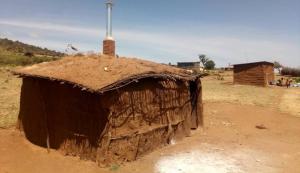Sand Dams
We have been supporting the Sand Dams projects for several years and again the year
A sand dam is a reinforced concrete wall (or a similarly robust and impermeable weir) built 1–5 metres high across a seasonal sand river.
When it rains the dam captures soil laden water behind it – the sand in the water sinks to the bottom, whilst the silt remains suspended in the water.
Research on Kenyan dams shows that only 1 to 3% of rainwater is retained behind any individual dam, the remainder continues its natural flow towards the ocean.[1]Eventually the dams fill with sand - sometimes after only one rainfall or over 1 – 3 seasons. 25 to 40% of the volume of the sand held is actually water.
A mature sand dam can store millions of litres of water – refilling after each rainfall providing a year round supply of clean water to over 1,000 people.
Extracting stored water
There are two simple ways:
1. Scooping a hole in the sand. The water will naturally emerge to the surface. Scope holes used for domestic water should be protected from contamination by livestock (by using acacia fencing or similar)
2. A slotted pipe buried in the sand that either passes through the dam wall or is connected to a simple hand pump situated on the river bank
Benefits
1. Low cost and maintenance: Sand dams are the lowest cost form of rainwater harvesting known – 3 to 100 times lower cost than other technologies. A sand dam is built to last over 50 years, has no operational costs and requires little maintenance.
2. Community owned and managed: Most examples of sand dams are built by members of the communities they serve with support local and international development agencies. Community ownership and management is key to their successful operation.
3. They save time and enable increased food production and tree planting: During drought periods in semi-arid regions, people might have to walk up to 12 hours a day to fetch water, which is often unsafe to drink. Freed from the chore of walking sometimes the whole day to collect the water, farmers are able to improve food production and generate surplus income.
4. They provide a clean, secure and local year-round water supply in water scarce environments: The sand effectively acts as a large slow sand filterresulting high quality potable water. As the water is held under the sand, evaporation is minimal, people are protected from water-borne diseases and mosquitoes can’t breed – reducing the threat of malaria.
5. Wider benefits for health, education and communities: In areas where sand dams have been built, communities have observed a dramatic fall in water related disease, an increase in school attendance and a significant increase in household income and food production.
6. They transform the local ecology: The water held in the sand behind the dam spreads horizontally creating a permanent increase in the water table, allowing trees to grow naturally and transform the local ecology. The dams create a natural buffer that reduces the threat posed by flooding and drought and builds the resilience of communities to cope with the impacts of climate change in semi-arid regions.
'What We Do' Main Pages:
Making Rotary Relevant to Business
more
An update regarding the ongoing project in Tanzania by our friends at The Mud House Children’s Foundation.
more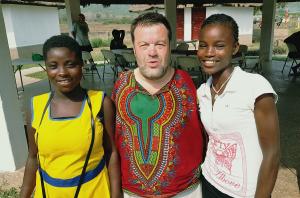
Teabag stands for The Education and Book Appeal for Ghana, which provides equipment, books, and educational facilities to three villages in Ghana
more
50% contribution towards the cost of a new dishwasher at their Kingsley Bordon Centre. The funds had been raised by Rotary over the Christmas period by various public collections and the Yuletide Festival .
more
Featuring a family short walk at 5.30 pm, followed by a twilight yomp starting at 7.30 pm, finishing in the dark at close to 10.00 pm
more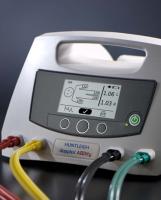
To celebrate 70 years of the NHS we purchased a Dopplex ABIlity machine for use at the Alton Community Hospital.
more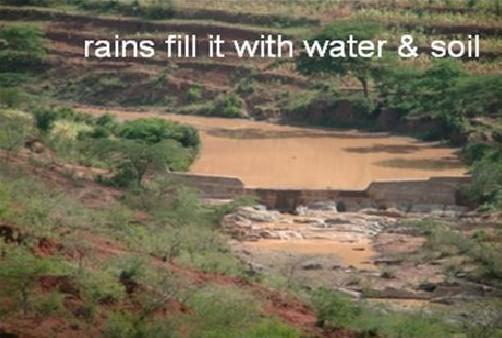
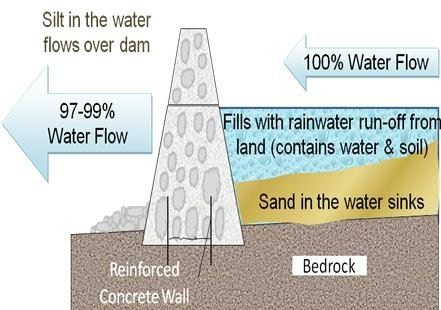
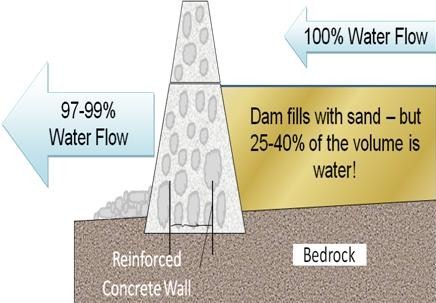
.jpg)



